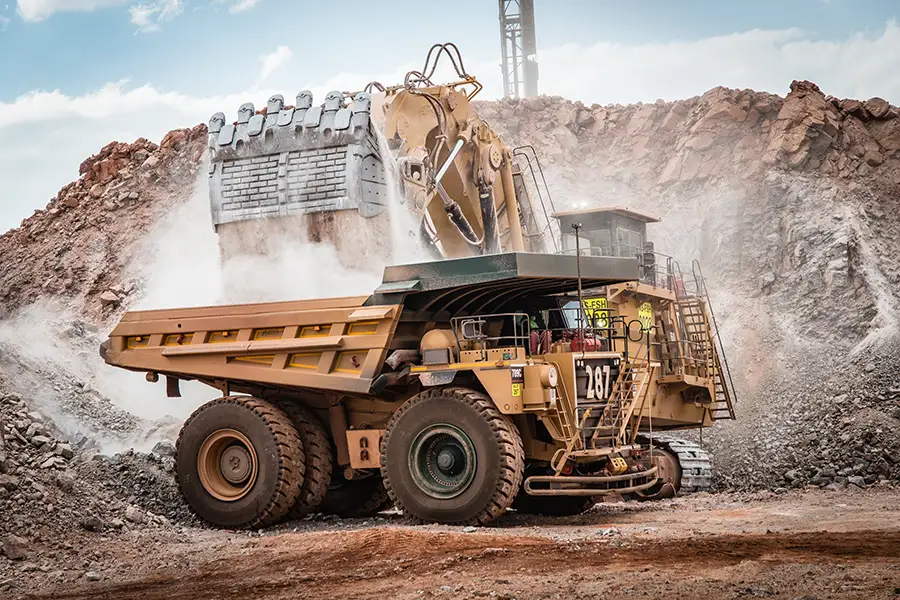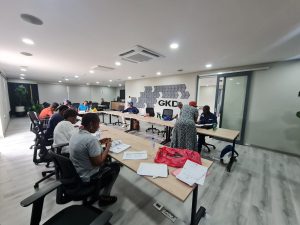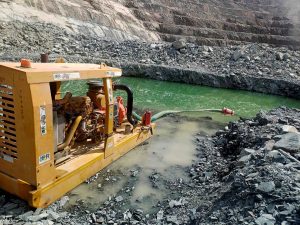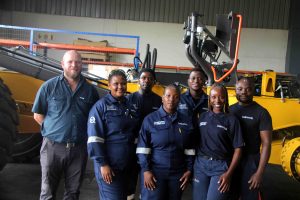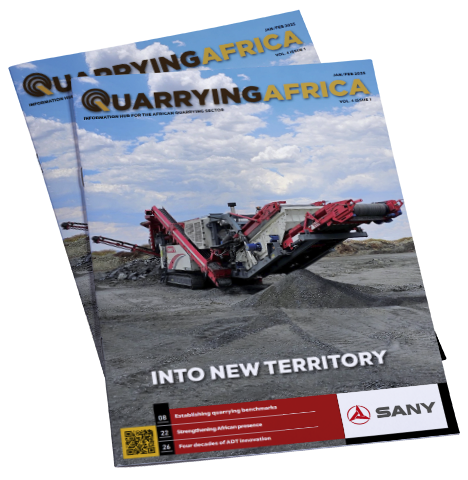Following the gazetting of the Collision Avoidance Systems (CAS) regulations by the Department of Mineral Resources and Energy (DMRE), PDS and CAS technology implementation have both become a key focus for organisations seeking to comply with the regulations.
However, Lourens cautions that embarking on a PDS/CAS journey involves much more than just deploying the technology; it calls for careful attention to the management of what he refers to as ‘the people aspect’ of change to ensure successful adoption and utilisation of the technology.
“In our opinion, the people aspect is the most important part of the PDS implementation journey, or any new technology in general,” says Lourens. “Employees’ willingness to adopt the new tools in day-to-day operations is central to the success of the technology. It is important for people who use the technology to understand its purpose, benefits, capabilities and expected outcomes, which increases their cooperation in adopting the new technology.”

Comprehensive approach
The people aspect in PDS implementation, explains Lourens, should take a comprehensive approach that places value on both the technology and people. It is, however, important to involve more than just the daily users of the technology. The approach is to include all stakeholders, from those at the ‘coal face’, all the way up to top management and executives, in order to ensure that the whole organisation understands why the mine or quarry is adopting the technology, the reason why they chose the specific technology and its impact on operations.
Implementing PDS technology has a direct impact on people’s behaviour, and that is its purpose in the first place, stresses Lourens. While the primary objective is to ensure safety of people, PDS installations also have a direct bearing on other critical parameters such as equipment availability and ultimately productivity on site. It is therefore important to place value on people’s adoption of the technology to ensure that the intended benefits and objectives of implementing the technology are realised.
“Ultimately, the main objective is to make the workplace safer and ensure the safety of people. This should be communicated effectively for employees to understand why their adoption is critical to the success of the technology. Effective communication of the intent of the PDS deployment minimises potential resistance and ensures a smoother transition,” he says.
Based on years of experience, Booyco Electronics has noted that where there is no proper change management around the people element, there is limited buy-in from employees, which effectively results in safety and productivity setbacks despite the rollout of the PDS technology. Involving employees in the change management process empowers them to become active participants, which increases their understanding, motivation and sense of ownership, leading to increased equipment availability and better safety outcomes, which has an upside in production.

The process
Commenting on Booyco Electronics’ change management process, Lourens says the first process is to conduct a technical readiness assessment to understand how the technology will impact a specific quarry or mine, especially given that each and every mine has its own unique operating conditions.
“We engage with the engineering and mining stakeholders first to explain the capabilities of the technology – what it can and what it cannot do, and how it addresses the mine’s risk assessment” explains Lourens. “Managing expectations is an important part of change management which ensures that everyone is on the same page, from an engineering, safety and management perspective. Once the parameters have been defined, we start with training, explaining to employees why the mine has invested in the technology and how it works.”
An important part of the change management process, he says, is the understanding of the consequences of not working within the confines of the system. “It is more of an education process than training. Once they understand the what, how and why, a solid foundation for success has been laid. We also offer refresher training after every three or six months depending on the identified needs of the specific mine,” he says.

Another important part of the change management process is optimisation of the PDS technology, which is based on the feedback from the users. Optimisation and continuous improvement help support the ongoing success of the technology, thus maximising safety, reducing costs and boosting productivity.
In conclusion, Lourens advises that it is also important to manage the unintended consequences of PDS implementation. “Over the years, we have observed that in time people become oblivious to the technology. In the case of collision avoidance systems, for example, people get used to the fact that if they do not stop the machine, the machine will stop on its own. In some cases, some operators adopt this behaviour while driving on public roads, which can result in serious accidents. This can undermine the safety benefit that the technology offers. It is therefore important to try to foresee these unintended consequences and manage them better. Continuous training is a contributor to this complex situation.”
